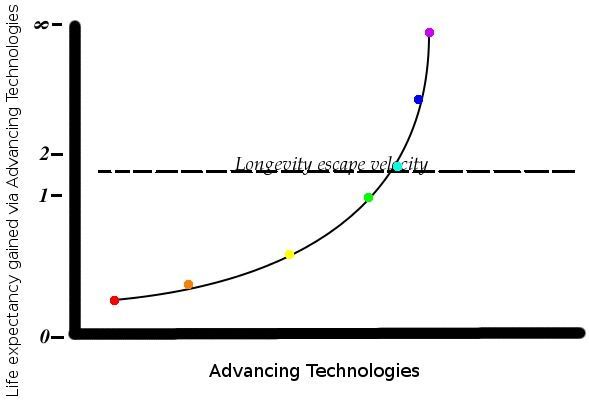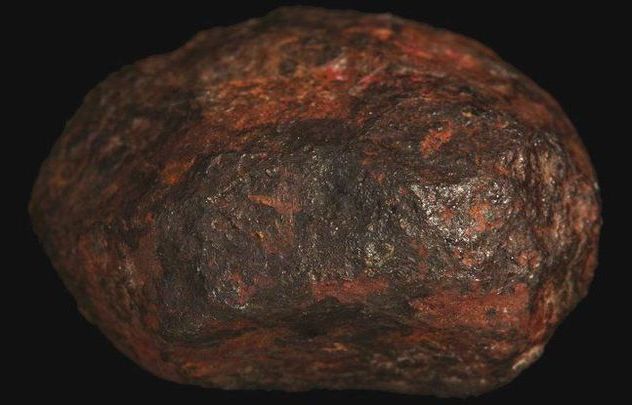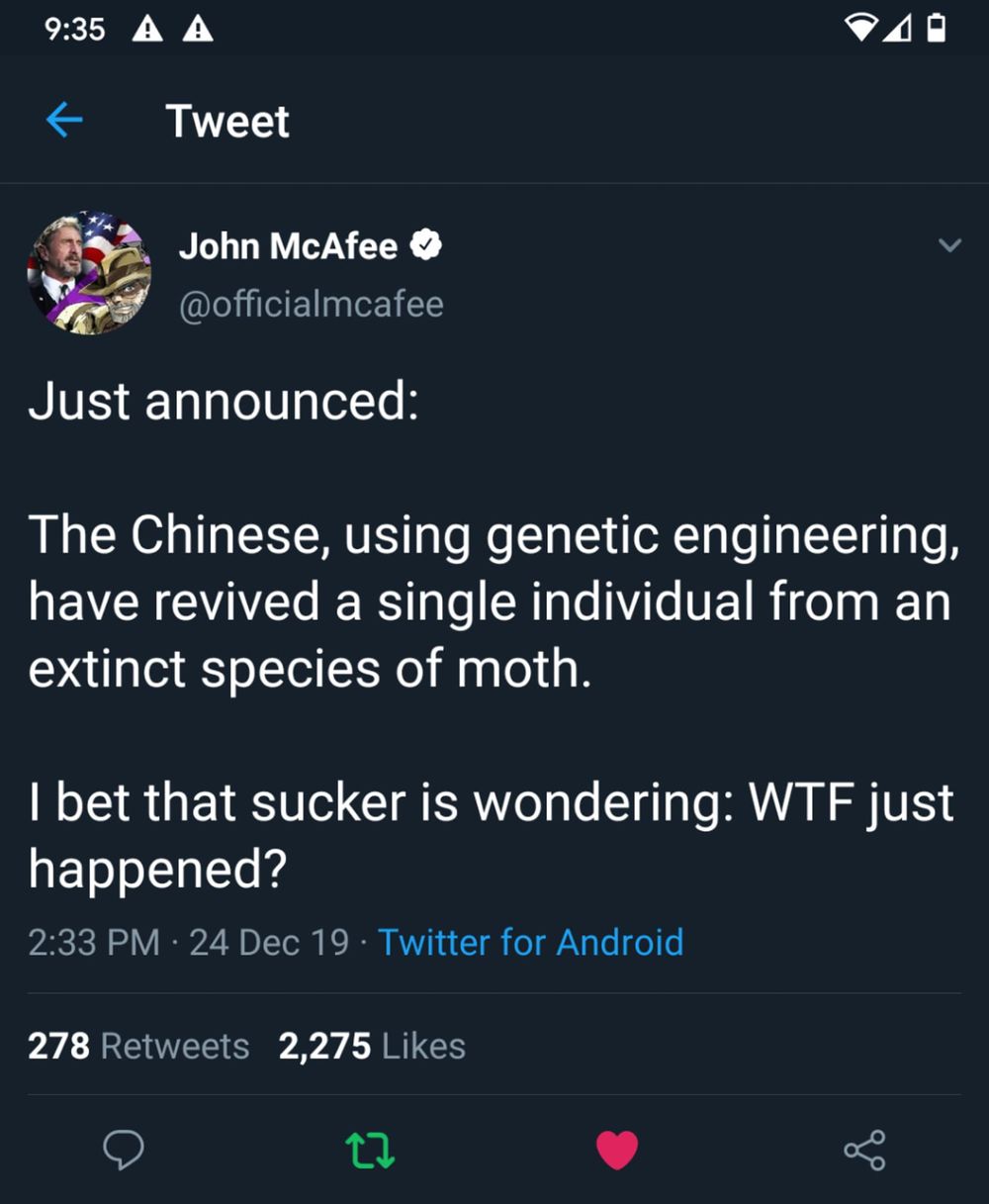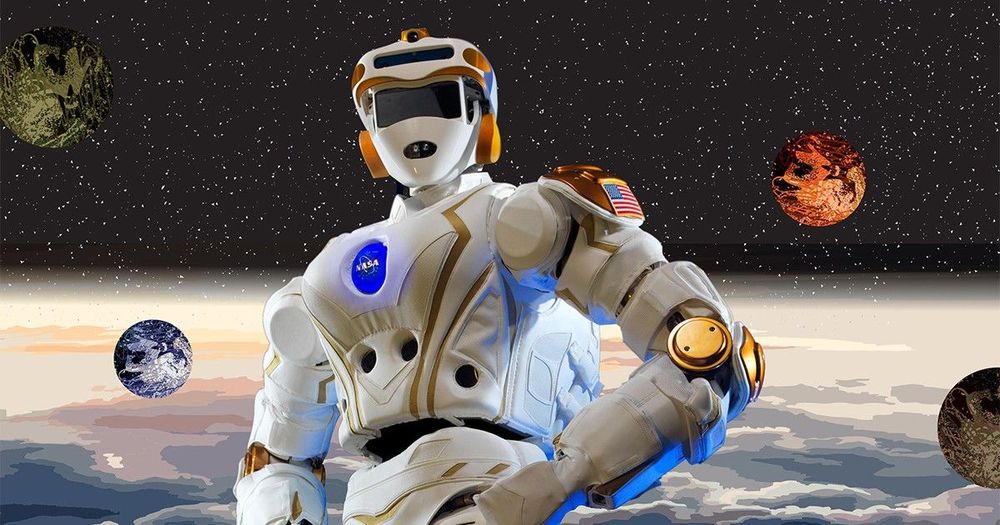
In the life extension movement, longevity escape velocity (sometimes referred to as Actuarial escape velocity[1]) is a hypothetical situation in which life expectancy is extended longer than the time that is passing. For example, in a given year in which longevity escape velocity would be maintained, technological advances would increase life expectancy more than the year that just went by.
Life expectancy increases slightly every year as treatment strategies and technologies improve. At present, more than one year of research is required for each additional year of expected life. Longevity escape velocity occurs when this ratio reverses, so that life expectancy increases faster than one year per one year of research, as long as that rate of advance is sustainable.[2][3][4]
The concept was first publicly proposed by David Gobel, co-founder of the Methuselah Foundation (MF). The idea has been championed by biogerontologist Aubrey de Grey[5] (the other co-founder of the MF), and futurist Ray Kurzweil,[6] who named one of his books, Fantastic Voyage: Live Long Enough to Live Forever, after the concept. These two claim that by putting further pressure on science and medicine to focus research on increasing limits of aging, rather than continuing along at its current pace, more lives will be saved in the future, even if the benefit is not immediately apparent.[2].


















